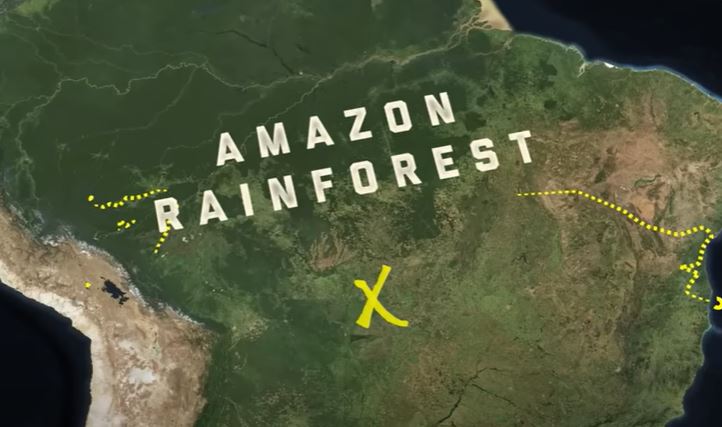
In a remarkable archaeological revelation, a team of researchers has unveiled a cluster of lost cities nestled within the Amazon rainforest, providing new insights into a flourishing civilization that thrived approximately 2,000 years ago.
Initially identified over two decades ago by archaeologist Stéphen Rostain, recent advancements in laser-sensor technology and extensive mapping have exposed a network of settlements and connecting roadways, presenting an astonishing picture of a “lost valley of cities” hidden in the forested foothills of the Andes.
Discovery and Settlement Characteristics
The discovered settlements, attributed to the Upano people, spanned from 500 BC to AD 300-600, coinciding with the time of the Roman Empire in Europe.
Characterized by residential and ceremonial structures erected on over 6,000 earthen mounds, these ancient cities were surrounded by extensive agricultural fields featuring drainage canals.
The complex infrastructure included roads as wide as 33 feet (10 meters) and stretching between 6 to 12 miles (10-20 km).
Estimating the population of these settlements, the researchers suggest a minimum of 10,000 inhabitants, with the potential for peak populations reaching 15,000 to 30,000.
This scale of occupation and societal intricacy places the site on par with Roman-era London, showcasing an early and complex society within the region.
Archaeologists emphasize the need for organized labor to construct the vast roadways and thousands of earthen mounds, highlighting the immense effort required for such an undertaking.
Read more: United Airlines Grapples With Alaska Flight Disruptions Amid Boeing 737 Max 9 Investigation
Unveiling the Hidden Amazon: Rediscovering Diverse Societies and Lost Cities

The findings challenge the traditional perception of the Amazon as an untouched wilderness, revealing a rich tapestry of diverse societies and settlements.
Amazonian civilizations, previously thought to lack the stone resources of their Inca and Mayan counterparts, employed mud as their primary construction material, showcasing a sophisticated understanding of architectural techniques.
Read more: Arizona License Plates 101: Rules And Guidelines You Should Know

